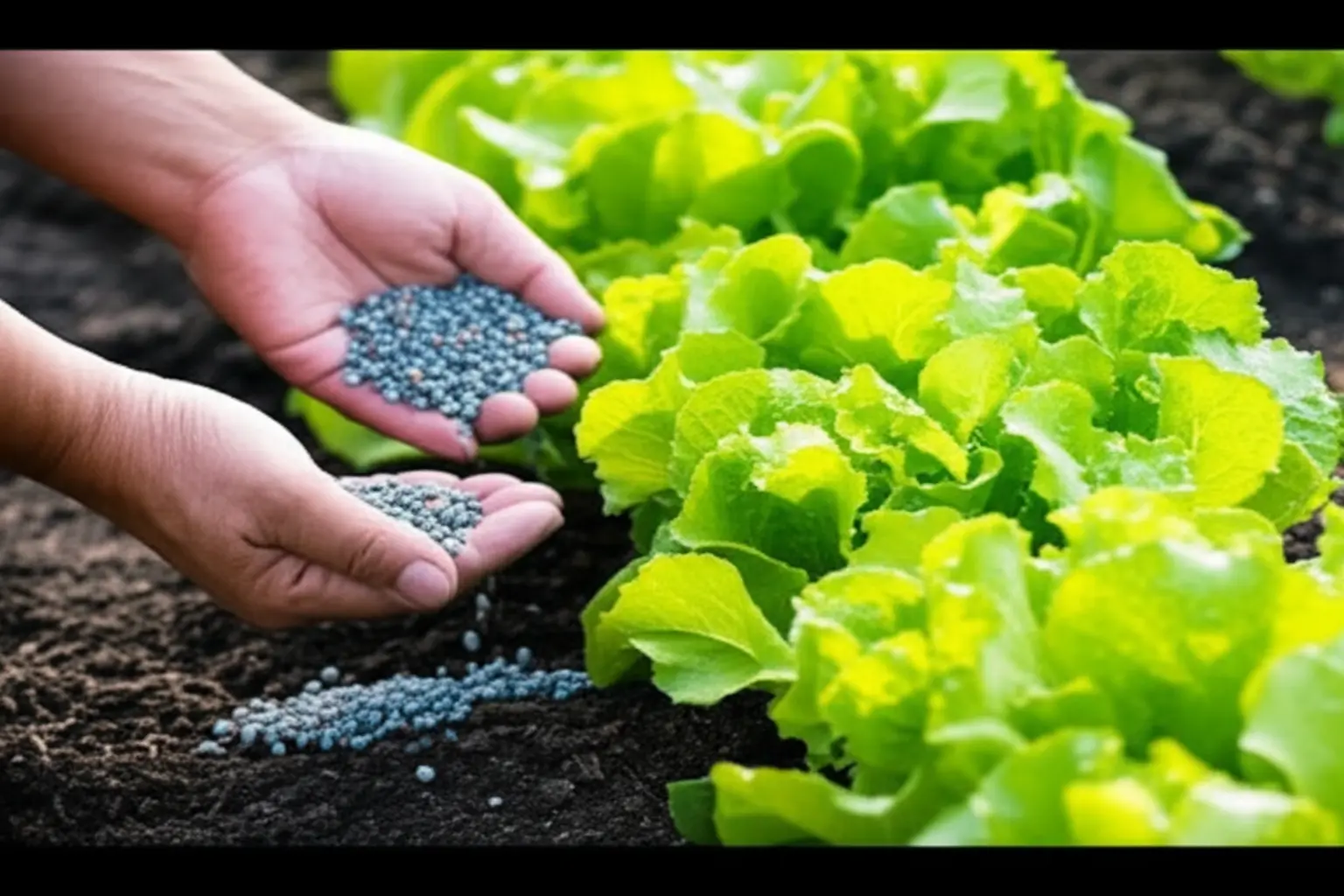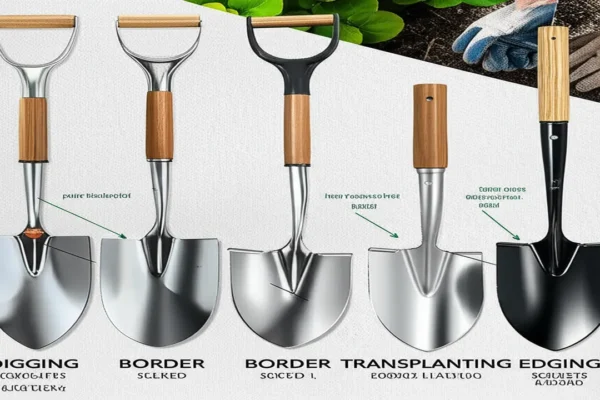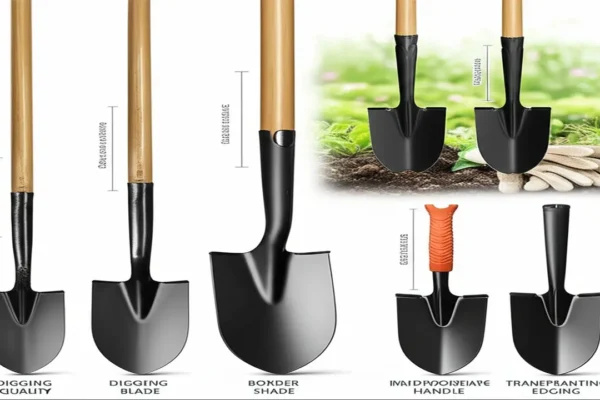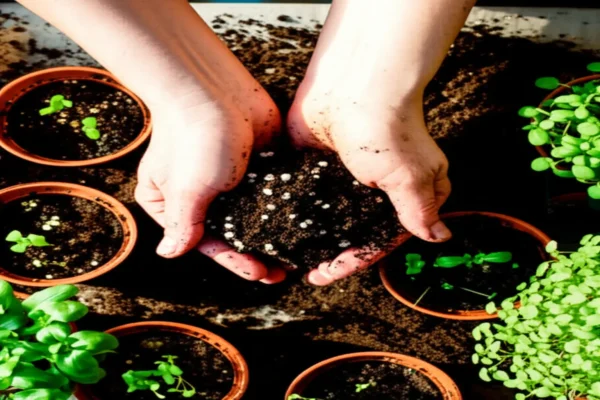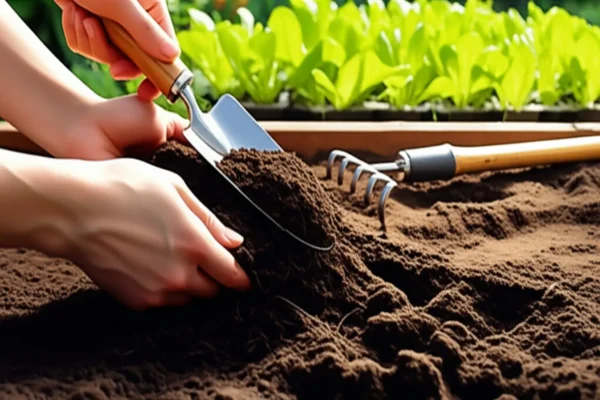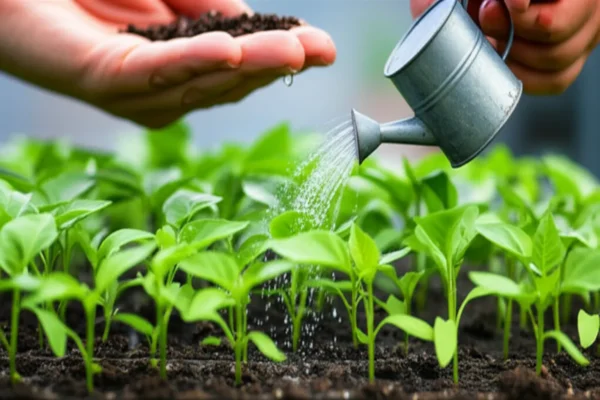Growing crisp, flavorful lettuce depends heavily on the right nutrition. Choosing the wrong fertilizer or applying it incorrectly can lead to bitter leaves or poor growth. This 2025 lettuce fertilizer guide provides straightforward, actionable steps for nourishing your plants effectively. We’ll detail the essential nutrients lettuce needs, the best times to fertilize, and how to properly prepare the soil. For turning amendments into the topsoil, using one of the
best hand cultivators ensures nutrients are ready for uptake. Get ready to grow your best lettuce crop yet.
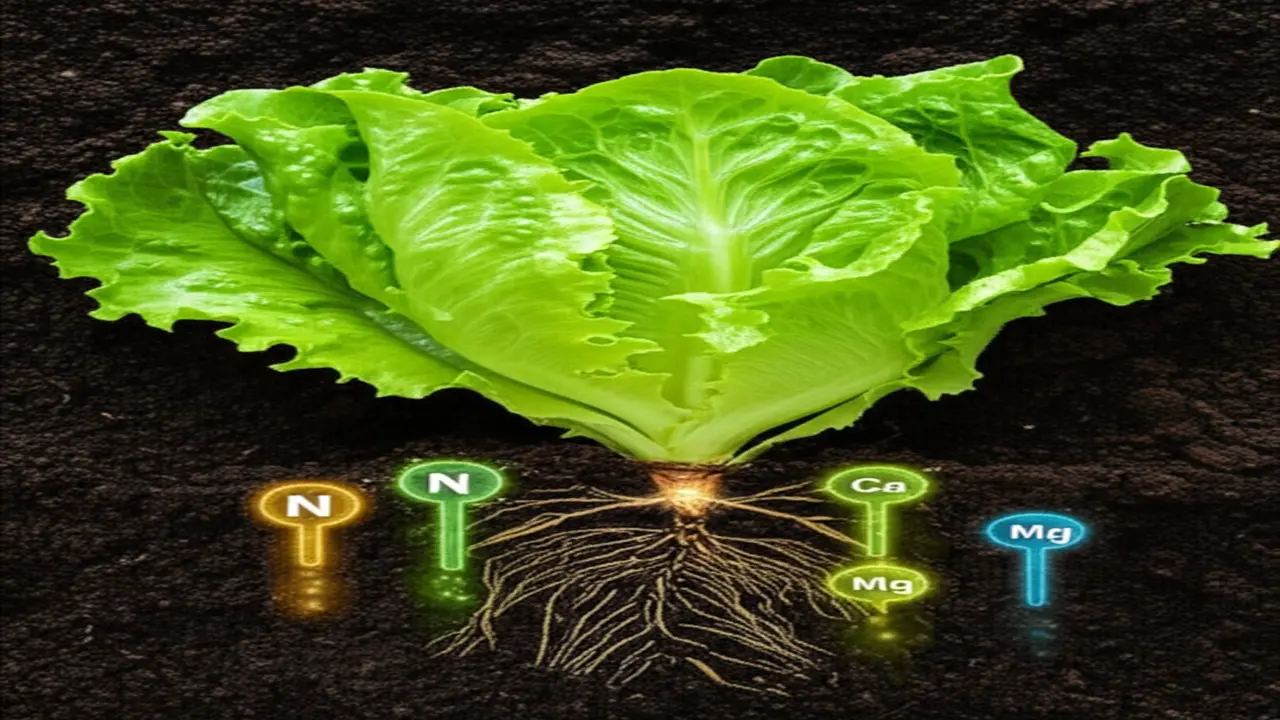
1. Understanding Lettuce Nutrient Requirements
As of 2025, understanding the specific dietary needs of lettuce is fundamental to a successful harvest. This leafy green requires a precise balance of nutrients to develop its characteristic crisp texture and vibrant color. The three primary macronutrients it depends on are Nitrogen (N), Phosphorus (P), and Potassium (K). Nitrogen is the most critical for vigorous leaf production, directly fueling the lush foliage we want. Phosphorus supports strong root system development, which is essential for nutrient uptake, while Potassium acts as an all-around health booster, improving the plant’s resistance to stress and disease. Fertilizers are labeled with an NPK ratio, such as 10-10-10 or 5-10-5, indicating the percentage of each nutrient. A balanced formula works well for young seedlings, but a nitrogen-rich option is often preferred as the plant matures. Beyond these, secondary nutrients like Calcium, which helps prevent tip burn, and various micronutrients are also vital for optimal health, completing this essential lettuce fertilizer guide.
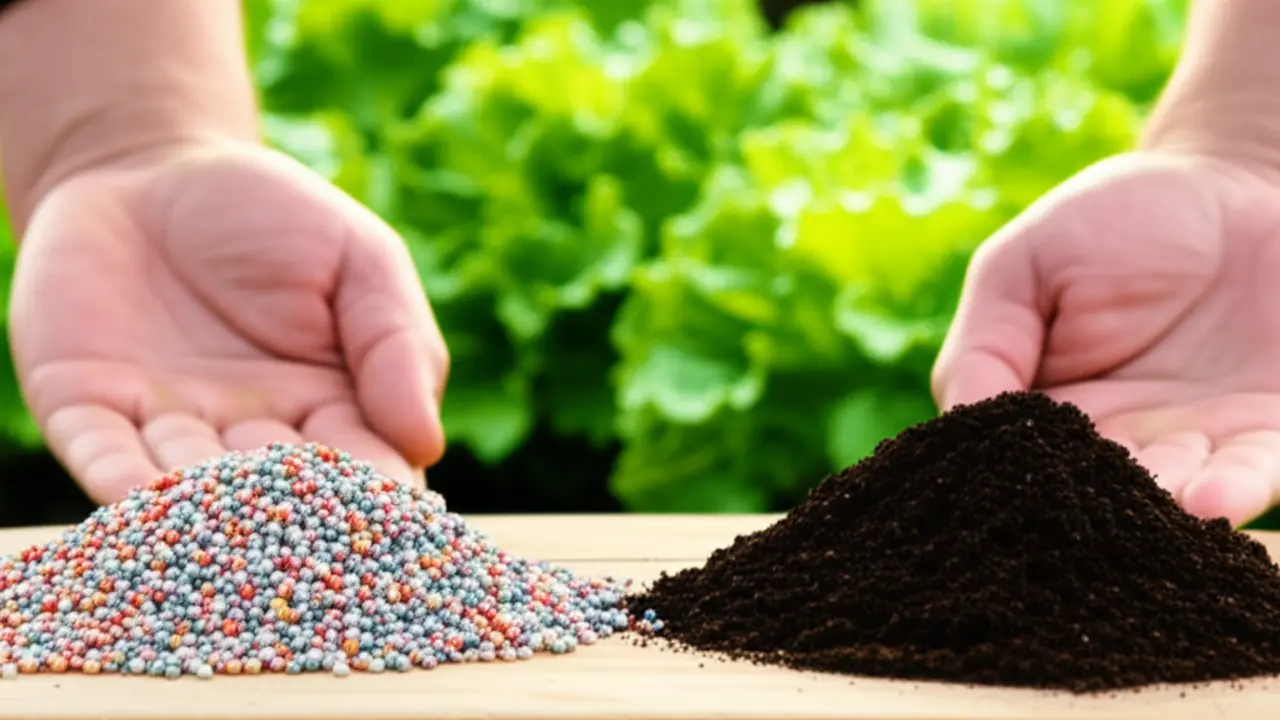
2. Evaluating Fertilizer Options for Lettuce
Choosing the right fertilizer in 2025 involves a key decision: organic or synthetic. This choice directly impacts both your plants and the soil. Organic options, like compost and aged manure, act as long-term soil amendments. They improve soil structure, foster essential microbial activity, and provide a slow, steady release of nutrients that feed lettuce without the risk of burning its sensitive roots. Conversely, synthetic fertilizers offer precision and speed. Their predictable, concentrated nutrient profiles are excellent for addressing specific deficiencies and promoting rapid leaf development. The best approach often depends on your specific goals. Consider your soil type, desired growth rate, and how you plan to work the fertilizer into the ground. For instance, effectively mixing granular organic matter into the topsoil is much easier when you know
how to use hand cultivator techniques to aerate the soil without damaging plant roots.
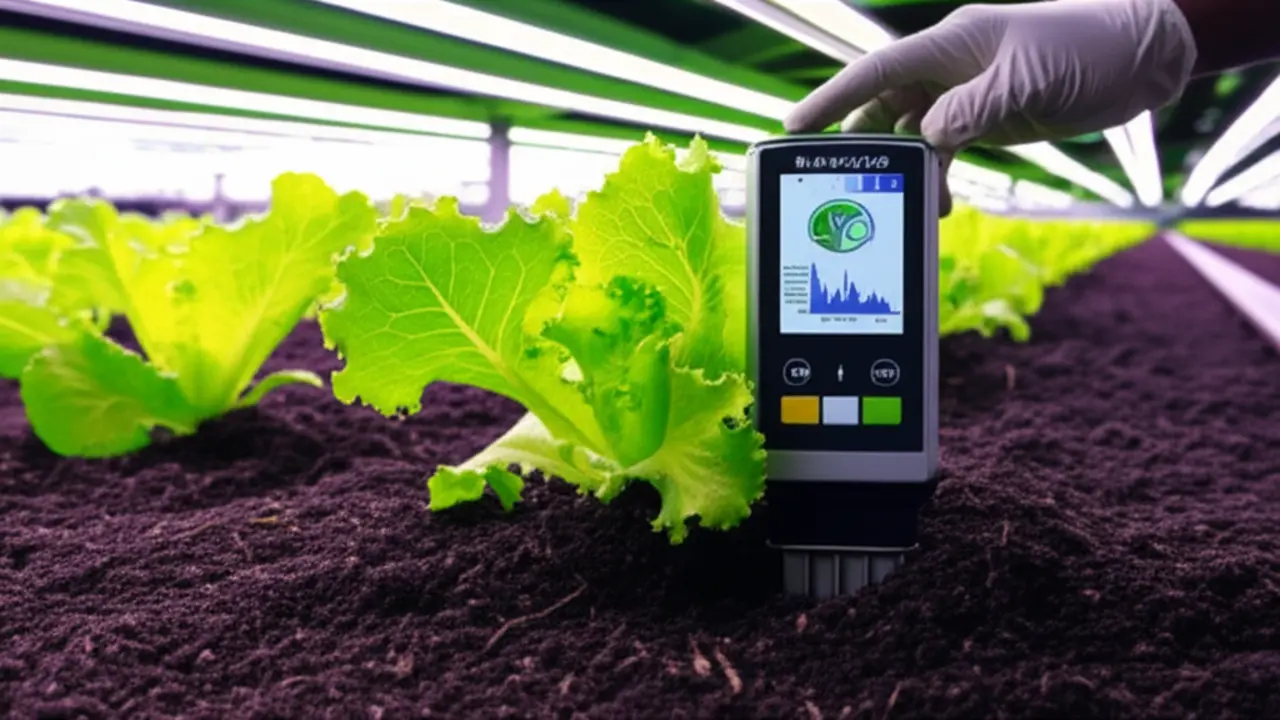
3. Lettuce Fertilization Schedule: A Scientific Approach
A successful lettuce harvest in 2025 begins long before you plant a single seed. A scientific approach starts with understanding your soil’s baseline. Conduct a soil test to determine the pH and existing levels of nitrogen (N), phosphorus (P), and potassium (K). Lettuce thrives in a pH range of 6.0 to 7.0. Based on the test results, amend the soil. For instance, if the soil is acidic, add lime, if it is alkaline, add sulfur. Work in a 2-inch layer of compost or a balanced, slow-release granular fertilizer (e.g., 10-10-10 NPK ratio) into the top 4-6 inches of soil. Knowing
how to use hand cultivator properly will make incorporating these amendments much easier. This initial preparation creates a nutrient-rich foundation for robust growth. Once planted, the feeding strategy adapts to the lettuce’s life cycle.
* Seedling Stage (First 3-4 weeks): Focus on root development. If you didn’t add a starter fertilizer, apply a liquid feed high in phosphorus (the “P” in NPK) one week after seedlings emerge.
* Active Growth (4 weeks to harvest): As the lettuce develops more leaves, its nitrogen demand increases. Switch to a nitrogen-rich liquid fertilizer, like fish emulsion or a balanced 20-20-20 feed, applied every 2 to 3 weeks. This is a key part of any lettuce fertilizer guide. Stop fertilizing about two weeks before you plan to harvest to ensure the best flavor.
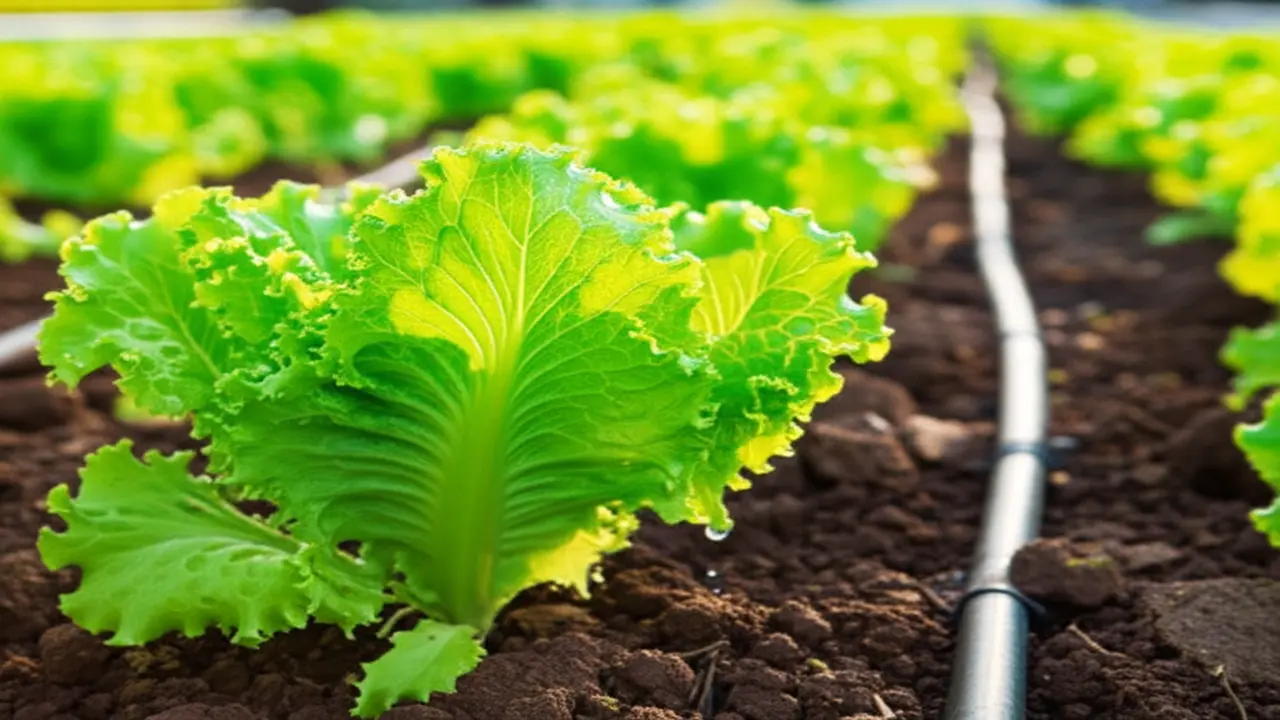
4. Application Techniques for Optimal Nutrient Uptake
Applying nutrients correctly is just as crucial as choosing the right product for your lettuce. For granular types, the two primary methods are broadcasting and side-dressing. Broadcasting involves scattering the granules evenly across the soil surface before planting. In contrast, side-dressing is for established lettuce, where you apply fertilizer in narrow bands alongside the plant rows, feeding the roots directly.
Liquid fertilizers offer faster nutrient delivery. Soil drenching saturates the root zone with a diluted solution, providing a quick boost. Foliar feeding, spraying the leaves directly, is excellent for rapidly correcting minor deficiencies but should not replace root feeding.
For any granular application, incorporation is key. Gently mixing the fertilizer into the top inch or two of soil prevents nutrient loss from sun degradation or water runoff. This simple step ensures the nutrients remain in the root zone where your lettuce can access them. Understanding how to use a hand cultivator is perfect for this task, as it allows for precise and gentle mixing without disturbing the plant’s delicate roots. This 2025 lettuce fertilizer guide emphasizes proper technique for maximum growth.
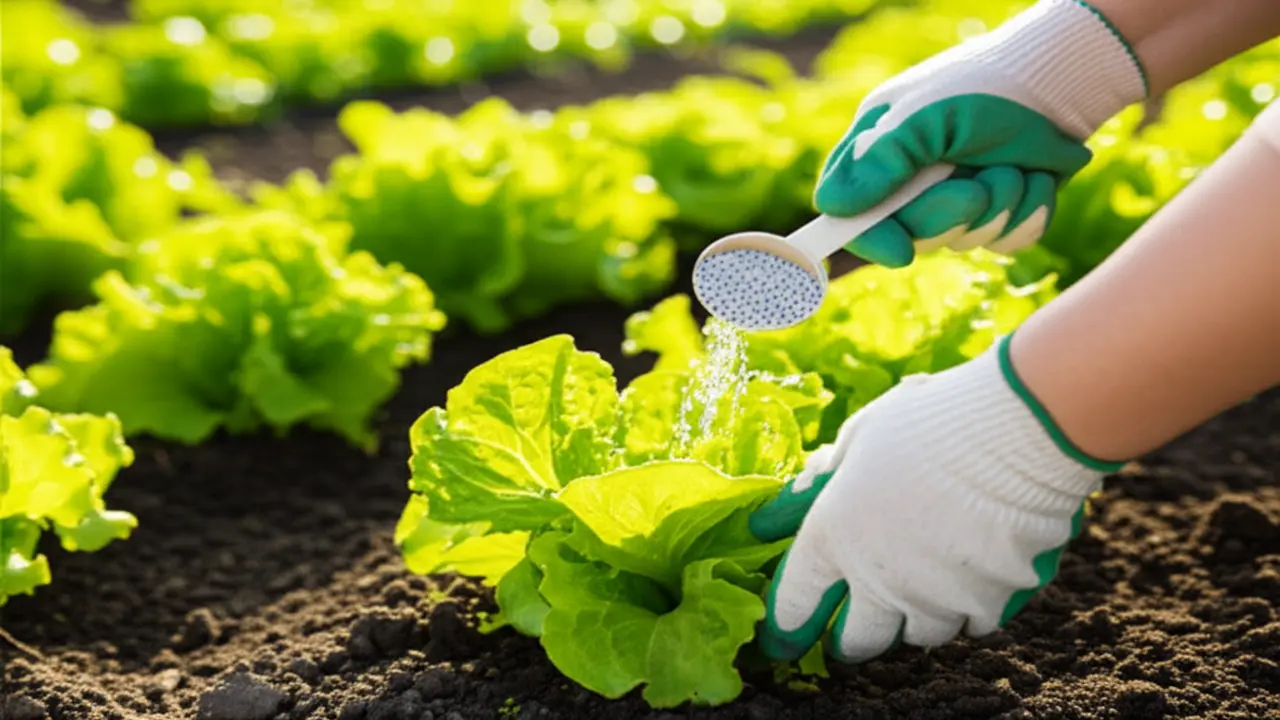
5. Dosage and Application Rates
Applying the correct amount of fertilizer is crucial for healthy lettuce growth, as over-fertilizing can be more damaging than under-fertilizing, leading to burnt roots and nutrient imbalances. For granular types, a standard recommendation for 2025 is to apply 1 to 1.5 pounds of a balanced formula like 10-10-10 per 100 square feet before planting. You should gently work this into the top 2-3 inches of soil. Knowing
how to use hand cultivator properly makes this task much easier and more effective.
When using liquid fertilizers, always follow the manufacturer’s dilution instructions to avoid chemical burn. A common ratio is one tablespoon of concentrate per gallon of water, applied every two to three weeks. Also, consider the weather. Do not fertilize right before a heavy rain, as this simply washes the nutrients away. In hot, dry weather, water your lettuce before applying a liquid feed to help the roots absorb the nutrients without stress.
6. Troubleshooting Common Fertilization Issues in Lettuce
Even with a solid lettuce fertilizer guide, you can encounter issues. Recognizing the signs is key to getting your crop back on track. In our 2025 trials, we’ve found these to be the most frequent problems.
* Nutrient Deficiencies: Watch for visual cues. Yellowing, especially on older, lower leaves, signals a nitrogen shortage. If plants are small, stunted, and have a purplish tint, they likely need more phosphorus.
* Over-fertilization: Too much fertilizer causes salts to build up in the soil, leading to “leaf burn,” where the tips and edges of lettuce leaves turn brown and dry. If you see this, flush the soil thoroughly with plain water for a week before resuming feeding at half-strength.
* Soil pH Imbalance: Lettuce thrives in a pH range of 6.0-7.0. If your pH is off, nutrients become “locked out” and unavailable to the plant, no matter how much you fertilize. Use a soil test kit. To correct imbalances, you may need to work amendments like lime (to raise pH) or elemental sulfur (to lower pH) into the top few inches of soil. Learning how to use hand cultivator properly makes this task much easier.
7. Advanced Lettuce Fertilization Strategies
For the dedicated grower, optimizing your lettuce crop goes beyond standard feeding schedules. This 2025 lettuce fertilizer guide explores sophisticated methods for superior growth.
– Companion Planting: This is more than just garden design. Planting lettuce near nitrogen-fixing legumes like beans or peas can naturally enrich the soil. Aromatic herbs such as mint or chives can deter pests, reducing plant stress and improving nutrient uptake. When incorporating compost around these companion plants, using one of the best hand cultivators allows for gentle soil aeration without disturbing delicate root systems.
– Hydroponic and Soil-less Systems: In these setups, you are the sole provider of nutrients. A balanced, water-soluble hydroponic fertilizer is non-negotiable, containing all essential micro and macronutrients. Regular monitoring of the pH (5.5-6.5) and Electrical Conductivity (EC) of your nutrient solution is critical for preventing nutrient lockout and ensuring optimal absorption.
– Continuous Harvest Varieties: For cut-and-come-again lettuces, adjust your strategy. After each harvest, provide a light feeding with a nitrogen-rich liquid fertilizer to encourage vigorous new leaf production and extend your harvest season.






